Recognizing power dynamics in tech
My sophomore year of college, a TA developed a crush on me, incessantly messaged me about his personal life, crossed physical boundaries, and told a friend he might be in love with me. He was older than me, he was the main person available for TA hours, and he had control over my grade. For awhile I was convinced the only way I could pass the class, which I needed for my major, was to continue to be on good terms with him. In other words, there was a power dynamic.
But despite all the obvious signs, many people with authority and most of my friends at the time didn’t take the dynamic seriously. It was easy to joke about, but it wasn’t funny to me.
Power dynamics can leave the person with less power with a difficult choice of tolerating or accepting negative experiences out of fear of repercussions. In the workplace, they may fear they will be fired, get a bad review, be assigned a bad project, or lose out on a promotion. Even if these repercussions are not explicitly discussed, the fact that the person in authority could contribute to those repercussions is enough.
Power Dynamics at work can come in many forms:
Managers/Executives/HR vs. their teams
Full Time employees vs. contractors / interns
Older employees vs. younger employees
People in higher levels vs. people in lower levels
People with tenure at the company vs. new hires
The hiring panel vs. the interview candidate
Citizens vs. people on visas
People in the majority because of race, culture, gender, sexuality, religion, or ability vs. people in the minority
People with a financial safety net because of their socioeconomic status vs. people who really need the job.
Throughout our career and even throughout the workday, we can shift in and out of positions of power. Most of the time it doesn’t escalate to the level of sexual harassment, but consent, respecting boundaries, and maintaining professionalism are always important. When you are in the position of power it is your responsibility to understand your role and navigate the situation appropriately.
Taking Action
Acknowledge your power — Reflect on the list above and jot down examples of power dynamics that you have at work. You likely have more power than you think.
Set appropriate boundaries and ground rules — Identify what may need to shift in your communication, working style, interactions, and processes to navigate the power dynamics appropriately. Maybe you need to rethink how much you drink at work events, change the tone of your emails, reevaluate whether you are friends with your team on social media, or set better physical boundaries. While some people like to be hugged or get a pat on the back, many people do not and it is not worth the risk that someone could be uncomfortable.
If you are a leader, ensure your org rewards people for setting appropriate boundaries and that you have processes in place to recognize and address when boundaries are not appropriately set. Waiting until an issue occurs to develop a process is way too late.
Reevaluate regularly — The hardest part about power dynamics is they shift over time. Sometimes I still think of myself as the young SDE 1 I once was, but the reality is I’m not that person anymore. I can believe I am relatable and in-tune with the pulse of the office all I want, but it doesn’t change the fact that I have a lot more power because of my position and experience in the industry. Whether I want that power or not, it still exists and informs the interactions that I have.
Sometimes this power shifts over time (as you gain experience on your team) and other times it happens in a moment when you get a new title, new authority, or start mentoring an intern. In the moments where your power shifts, take a step back and reflect:
What are the relationships that should shift to be more professional now that I am in this new role?
Are there any areas I should recuse myself to avoid the impression of favoritism or bias?
How should I shift my communication / working style now that I am in this new position?
Dating at work
Power dynamics complicate consent. Someone can say “yes”, but do so under coercion either because there was explicit coercion (begging, threatening) or implicit coercion (fear of retaliation at work) and it can be hard to receive enthusiastic consent for any level of a relationship as long as the dynamic is present. The best relationships are built on equal footing without layers of power complicating the dynamic.
If there is a way to reduce the power dynamics through changing roles or teams, that will be better, but in most cases it’s impossible to completely remove the dynamic as long as you are working together. For example, if a manager A and an employee B were dating, A could change orgs so they were no longer working with B, but A would still know B’s management team and likely be in meetings giving feedback or influencing B’s career indirectly because of A’s title. Depending on A’s authority, they may even have broader influence in the industry and could influence B’s career even after they’ve both left the company.
Tread carefully especially when you are the person with the power. The worst thing you can do is ignore the dynamic.

